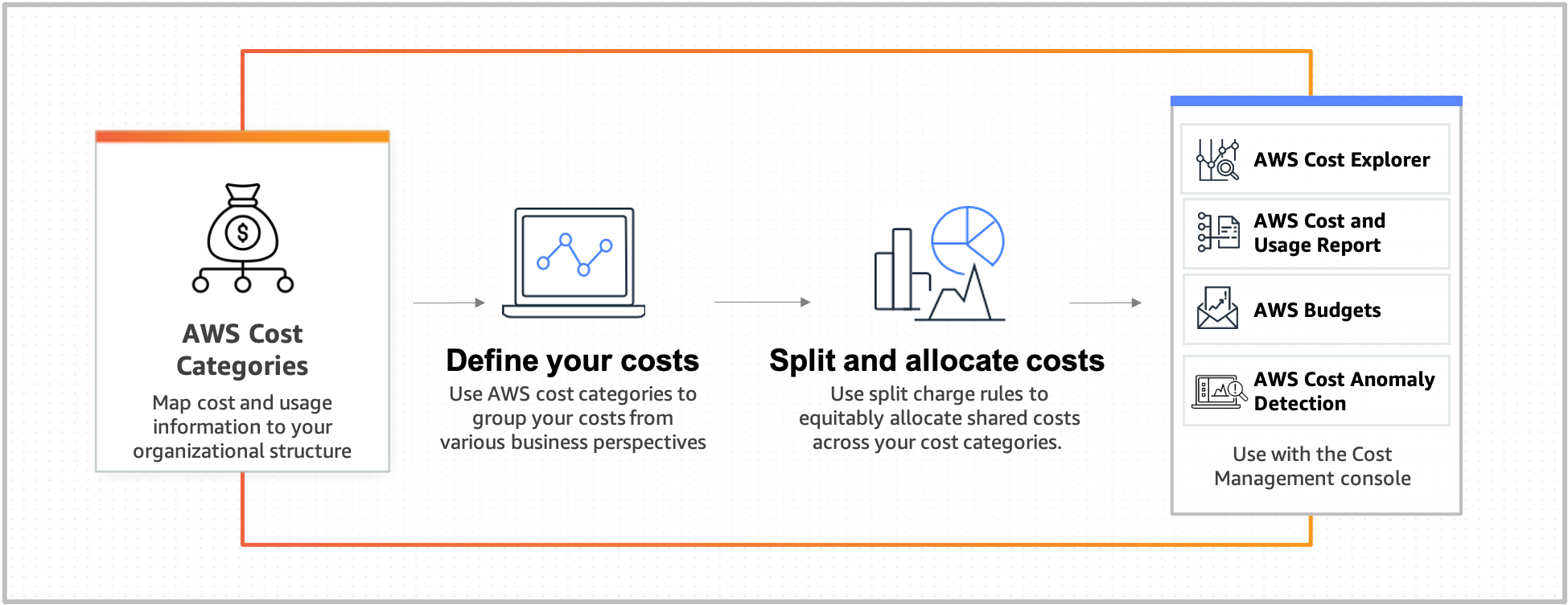What is the AWS Well-Architected Framework?
Using real-world scenarios, we unpack the six foundational pillars of the AWS Architected Framework.

If you want to build an excellent structure, you need an excellent plan. AWS has developed one for the cloud called the AWS Well-Architected Framework.
This Framework has been a work in progress since its inception in 2012, and it now includes six pillars: operational excellence, security, reliability, performance efficiency, cost optimization, and sustainability. You need to know all about them when preparing for the AWS Certified Solutions Architect – Associate (SAA-C03) exam.
Let's explore this Framework and discuss some practical applications.
Pillar 1: Operational Excellence
Definition: The ability to run and monitor systems to deliver business value and to continually improve supporting processes and procedures.
Operational excellence in the AWS Well-Architected Framework is not just a term tossed around. The Operational Excellence Pillar is a commitment to crafting impeccable software, ensuring smooth-running systems, a balanced workload, and a great customer experience.
Example: Anticipate Failure
Amazon's Chief Technology Officer Werner Vogels is known for his famous quote: “Everything fails, all the time.” It sounds like we’re living with a dark cloud over our heads – but we can all do with a dose of realism in our lives. Appliances break, tires go flat, and the waitress screws up your order. To prepare for failure, test your workloads regularly with simulated events and gauge responses. Then, find ways to make your infrastructure more resilient.
AWS has dedicated considerable resources to addressing potential failures, and we should take advantage of them. Replicate your data and applications across multiple availability zones. Create EBS snapshots and store them in S3 buckets. Create redundant EC2 instances. The list goes on.
Pillar 2: Security
Definition: The ability to protect information, systems, and assets while delivering business value through risk assessments and mitigation strategies.
The bedrock of any cloud architecture is security. The Security Pillar is about embracing the best practices to shield data, systems, and assets, crafting a fortress for your cloud architecture.
Example: Implement a Strong Identity Foundation
You've likely heard of the principle of least privilege by now. Don’t give anyone more access or permissions than they need to do their jobs. That’s foundational in Amazon’s Identity and Access Management (IAM) services.
Applying security groups to users, groups, and roles helps keep people in check. Any services that are not within the proper purview of a user or a group are protected from prying eyes based on the rules you define.
Another way to build a good IAM foundation is to separate departments into different AWS accounts or at least into separate virtual private clouds (VPCs). And, of course, keeping internal networks on private subnets behind a NAT gateway keeps out the riff-raff from the internet.
Pillar 3: Reliability
Definition: The ability of a system to recover from infrastructure or service failures, dynamically acquire computing resources to meet demand, and mitigate disruptions.
Reliability within the Framework isn't just about uptime. The Reliability Pillar is about ensuring the consistent, correct functioning of a cloud workload throughout its lifecycle.
Example: Scale Horizontally To Increase Aggregate Workload Availability
Adding more CPU, memory, or storage to a single EC2 instance is known as vertical scaling. But what happens if that EC2 goes down? It doesn’t matter how powerful you have made that system; you are still dead in the water with your single point of failure. But how about if you scale out instead of up?
With EC2 Auto Scaling, you can create a fleet of Amazon EC2 instances to meet your fluctuating compute requirements. This reduces the need for manual provisioning and quickly spins up resources based on triggers you identify. Not only that, with Application Auto Scaling, you can perform the same kind of on-demand scaling on many other AWS services, such as Lambda and DynamoDB.
Pillar 4: Performance Efficiency
Definition: Using IT and computing resources efficiently to meet system requirements and to maintain that efficiency as demand changes and technologies evolve.
Performance efficiency isn't just about speed. In the AWS Well-Architected Framework, the Performance Efficiency Pillar is about artfully managing cloud resources, and adapting to ever-shifting demands and technological advancements.
Example: Use Serverless Architectures
AWS services are called serverless when they are totally supported by AWS rather than the customer. The benefit is that you don’t have to do any patching, troubleshooting, or other maintenance yourself, and you can focus on the workload running over those services. That sounds like you’re increasing your efficiency right there.
Even if you aren’t skilled at microservices or containers, you can still take advantage of other common serverless services. Create a static website on an S3 bucket, or build a simple database on DynamoDB. You could also install a shared file system with EFS. Serverless takes a lot of burden off developers or users and allows them to focus their attention elsewhere.
Pillar 5: Cost Optimization
Definition: The ability to avoid or eliminate unneeded costs or suboptimal resources.
When we talk about cost optimization in the Framework, it's not just about saving pennies. It's a holistic approach to ensuring minimal expenses while maximizing Return on Investment (ROI) throughout a workload's lifecycle.
Example: Analyze and Attribute Expenditure
Common accounting practices are generally beyond the expertise of the average IT professional. That’s why the bean counters need to learn about the financial aspects of the AWS cloud. This understanding helps them correlate cloud service usage to the appropriate expense account.
Part of that responsibility is the task of mapping AWS costs and usage to meaningful categories. Accountants already know how to do this in theory and on various software, but they will need to learn the AWS way. Once the expenses are properly mapped, they will be able to pull reports for further analysis. Here’s an illustration of the general process from the AWS website:
Pillar 6: Sustainability
Definition: The focus on long-term considerations of social, environmental, and economic impact in decision-making about IT solutions.
Sustainability isn't just a buzzword. In the AWS Well-Architected Framework, the Sustainability Pillar shines a light on the long-term consequences of our cloud computing endeavors on the environment, economy, and society.
Example: Understand Your Impact
The AWS Well-Architected Framework is continually evolving. AWS added the Sustainability Pillar during re:Invent 2021 as part of the growing awareness of corporate responsibility. You could say that sustainability is part of the Shared Responsibility Model.
AWS advises using the minimum amount of equipment to meet your needs. You could also use machine learning to monitor equipment usage in your cloud architecture based on KPIs and analytics gathered across all environments.
Final Thoughts
The AWS Well-Architected Framework's pillars are rich with design principles that merit a deep dive. While we've just scratched the surface, there's a whole universe to explore. For a more in-depth understanding, take our AWS Certified Solutions Architect – Associate (SAA-C03) training with instructor Bart Castle. This training will prepare you to design AWS-based cloud solutions that meet your unique requirements.
Anybody can slap together a few things and call it a structure. But it takes a real architect to create something that’s well-architected. Are you up for the challenge?
For those hungry for more insights, here are some resources to keep diving deeper:
AWS Disaster Recovery: Pilot Light, Warm Standby, Multi-site.
How to Study for Your AWS Certified Solutions Architect – Associate Exam in 10 Weeks.
Not a CBT Nuggets subscriber? Sign up for a free week.
delivered to your inbox.
By submitting this form you agree to receive marketing emails from CBT Nuggets and that you have read, understood and are able to consent to our privacy policy.
